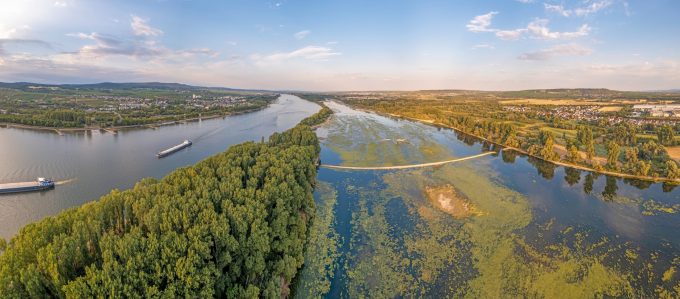Bottlenecks at North Europe deepsea ports the real cause of barge delays
Contargo is to expand its inland terminal at Frankfurt’s Industriepark Hoechst by 10,000 sq metres, ...

Low water levels resulting from a lengthy heatwave across Europe have forced the closure of the Rhine for the first time in four years.
Closure of the German waterway was announced late on Friday as water levels on the Kaub gauge hit 37cm – 41cm is ...

Comment on this article